Wind Patterns
Wind patterns refer to the general movement and behavior of winds in the Earth's atmosphere. These patterns are influenced by factors such as the Earth's rotation, the distribution of land and water, and the uneven heating of the Earth's surface.
Factors Affecting Wind Patterns
- Uneven Heating: The uneven heating of the Earth's surface by the sun causes variations in temperature, which in turn leads to variations in air pressure. This pressure difference drives the movement of air, resulting in wind.
- Coriolis Effect: The rotation of the Earth causes the Coriolis effect, which deflects the path of moving air. In the Northern Hemisphere, winds are deflected to the right, while in the Southern Hemisphere, they are deflected to the left.
- Distribution of Land and Water: Land and water absorb and release heat at different rates, leading to the formation of distinct wind patterns over these surfaces.
Types of Wind Patterns
There are several major wind patterns that have important effects on climate, weather, and navigation:
- Trade Winds: These are steady, tropical easterly winds that blow towards the equator from the northeast in the Northern Hemisphere and from the southeast in the Southern Hemisphere.
- Prevailing Westerlies: These are prevailing winds that blow from the west in the middle latitudes of both hemispheres.
- Polar Easterlies: These are dry, cold prevailing winds that blow from the east in the polar regions.
Impact of Wind Patterns
Wind patterns play a crucial role in shaping global climate, influencing the distribution of precipitation, and affecting the navigation of aircraft and ships. Understanding wind patterns is essential for meteorologists, pilots, sailors, and anyone interested in the Earth's atmospheric dynamics.
Study Tips
To understand wind patterns better, consider the following study tips:
- Review the concepts of air pressure, temperature, and the Coriolis effect.
- Study the global wind belts and their characteristics.
- Explore how wind patterns influence weather phenomena such as monsoons, hurricanes, and tornadoes.
- Observe real-world examples of wind patterns and their effects on different regions of the Earth.
[Wind Patterns] Related Worksheets and Study Guides:
.◂Science Worksheets and Study Guides Kindergarten. Weather
Coloring Worksheet Calendar
Calendar  Coloring Worksheet
Coloring Worksheet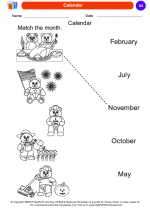 Calendar
Calendar  Coloring Worksheet
Coloring Worksheet Day and Night
Day and Night  Coloring Worksheet
Coloring Worksheet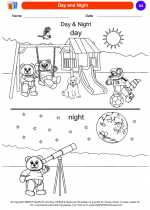 Day and Night
Day and Night  Coloring Worksheet
Coloring Worksheet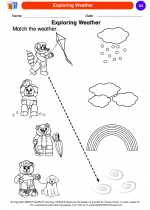 Exploring Weather
Exploring Weather  Coloring Worksheet
Coloring Worksheet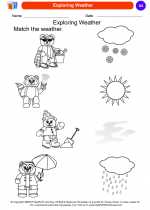 Exploring Weather
Exploring Weather  Coloring Worksheet
Coloring Worksheet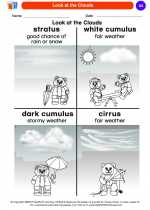 Look at the Clouds
Look at the Clouds  Coloring Worksheet
Coloring Worksheet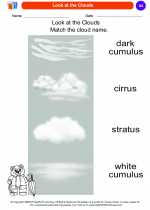 Look at the Clouds
Look at the Clouds  Coloring Worksheet
Coloring Worksheet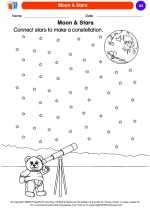 Moon & Stars
Moon & Stars  Coloring Worksheet
Coloring Worksheet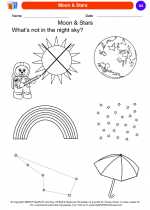 Moon & Stars
Moon & Stars  Coloring Worksheet
Coloring Worksheet Natural Events
Natural Events  Coloring Worksheet
Coloring Worksheet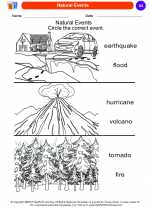 Natural Events
Natural Events  Coloring Worksheet
Coloring Worksheet Sun and Shadows
Sun and Shadows  Coloring Worksheet
Coloring Worksheet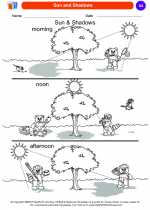 Sun and Shadows
Sun and Shadows  Coloring Worksheet
Coloring Worksheet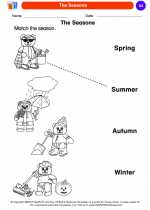 The Seasons
The Seasons  Coloring Worksheet
Coloring Worksheet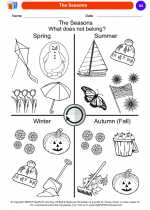 The Seasons
The Seasons  Coloring Worksheet
Coloring Worksheet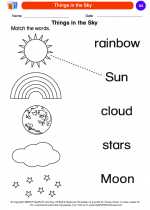 Things in the Sky
Things in the Sky  Coloring Worksheet
Coloring Worksheet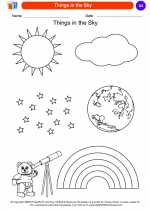 Things in the Sky
Things in the Sky  Coloring Worksheet
Coloring Worksheet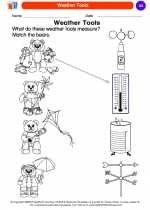 Weather Tools
Weather Tools  Coloring Worksheet
Coloring Worksheet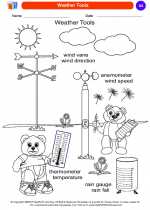 Weather Tools
Weather Tools 

 Coloring Worksheet
Coloring Worksheet
 Coloring Worksheet
Coloring Worksheet
 Coloring Worksheet
Coloring Worksheet
 Coloring Worksheet
Coloring Worksheet
 Coloring Worksheet
Coloring Worksheet
 Coloring Worksheet
Coloring Worksheet
 Coloring Worksheet
Coloring Worksheet
 Coloring Worksheet
Coloring Worksheet
 Coloring Worksheet
Coloring Worksheet
 Coloring Worksheet
Coloring Worksheet
 Coloring Worksheet
Coloring Worksheet
 Coloring Worksheet
Coloring Worksheet
 Coloring Worksheet
Coloring Worksheet
 Coloring Worksheet
Coloring Worksheet
 Coloring Worksheet
Coloring Worksheet
 Coloring Worksheet
Coloring Worksheet
 Coloring Worksheet
Coloring Worksheet
 Coloring Worksheet
Coloring Worksheet
 Coloring Worksheet
Coloring Worksheet

The resources above cover the following skills:
EARTH AND SPACE SCIENCE (NGSS)
Earth’s Systems
Students who demonstrate understanding can:
Use and share observations of local weather conditions to describe patterns over time.